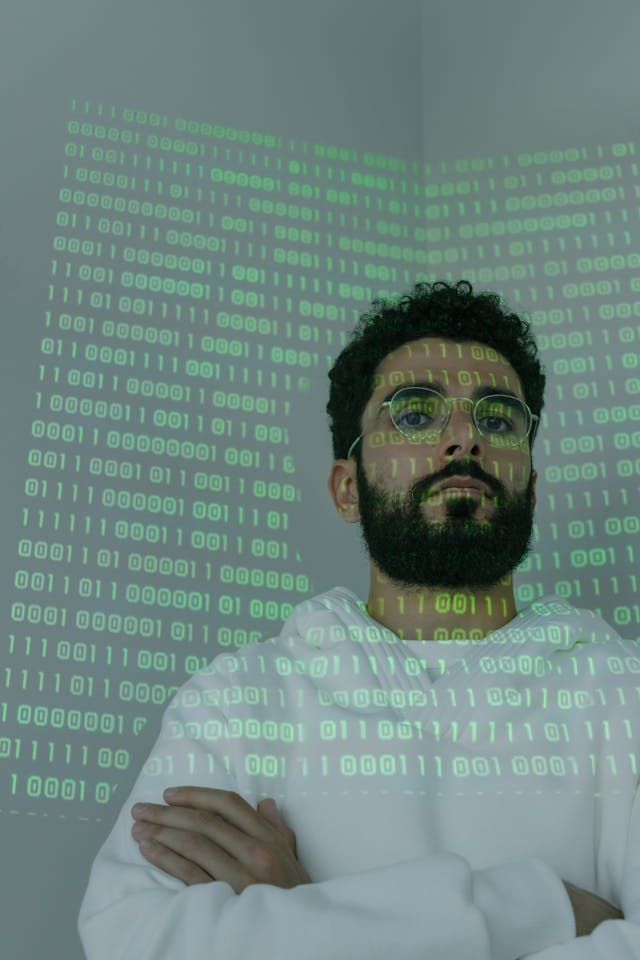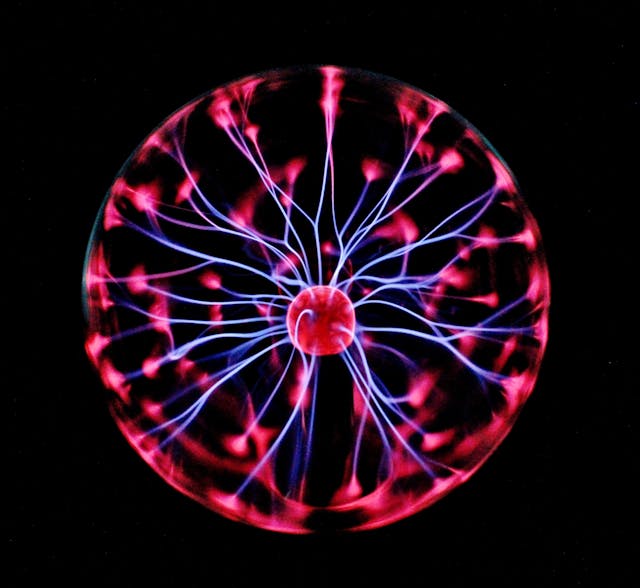The field of quantum registering vows to alter how we take care of perplexing issues that are right now unmanageable for traditional PCs. At the core of this upset are quantum calculations, which influence the standards of quantum mechanics to perform estimations more proficiently than old style partners. This article investigates the key ideas driving quantum calculations, features the absolute most huge calculations created to date, and examines their likely effects on different fields.
Grasping Quantum Calculations

Quantum calculations are computational strategies that use quantum mechanical standards to take care of issues more productively than traditional calculations. At the center of quantum registering are qubits, which, dissimilar to traditional pieces that can be either 0 or 1, can exist in a superposition of the two states all the while. This capacity to address various states without a moment’s delay permits quantum calculations to investigate numerous potential arrangements in equal, giving a huge computational benefit.
Notwithstanding superposition, quantum calculations benefit from trap — a peculiarity where qubits become interlinked so the condition of one qubit can rely upon the condition of another, no matter what the distance between them. These properties empower quantum calculations to perform complex computations in manners that traditional calculations can’t.
Key Quantum Calculations

- Shor’s Algorithm
Created by Peter Shor in 1994, Shor’s calculation is maybe the most popular quantum calculation. It productively considers huge numbers their superb parts, an issue that is dramatically hard for old style PCs. This calculation has significant ramifications for cryptography, as numerous traditional encryption plans, like RSA, depend on the trouble of figuring enormous numbers.
Shor’s calculation works in polynomial time, which is a huge improvement over the most popular traditional figuring calculations. The proficiency of Shor’s calculation emerges from its utilization of quantum Fourier change (QFT), which permits it to track down the time of a capability in polynomial time — a critical stage in considering.
- Grover’s Algorithm
Grover’s calculation, created by Lov Grover in 1996, resolves the issue of looking through unsorted data sets. For an information base of ( N ) things, an old style calculation would have to play out a normal of ( N/2 ) searches to track down a particular thing. Conversely, Grover’s calculation can find the thing in generally ( \sqrt{N} ) look.
Grover’s calculation utilizes a quantum activity called plentifulness intensification to expand the likelihood of the right response. This quadratic speedup addresses a huge improvement over old style search calculations and has applications in different spaces, including cryptography and data set administration.
- Quantum Stage Assessment (QPE)
Quantum Stage Assessment is a principal quantum calculation used to gauge the eigenvalues of a unitary administrator. This calculation is fundamental for some other quantum calculations, including Shor’s calculation. The center thought of QPE is to gauge the stage (or eigenvalue) of an eigenstate of a unitary administrator, which can then be utilized to extricate valuable data about the framework.
QPE works with dramatic speedup contrasted with traditional techniques, giving a method for taking care of issues connected with quantum recreation and quantum science. Its productivity emerges from the utilization of quantum Fourier change and snare.
- Deutsch-Josza Algorithm
The Deutsch-Josza calculation is intended to tackle a particular issue known as the “prophet issue” more proficiently than old style calculations. Given a black-box capability that is either steady or adjusted (returns various results for various data sources), the calculation figures out which type the capability is in with only one question, though a traditional methodology could expect up to ( 2^{n-1} ) questions, where ( n ) is the quantity of pieces in the info.
Created by David Deutsch and Richard Josza in 1992, this calculation shows the influence of quantum parallelism and gives an early illustration of how quantum registering can outflank traditional processing for explicit issues.
- Harrow-Hassidim-Lloyd (HHL) Algorithm
The HHL calculation, proposed by Aram Harrow, Avinatan Hassidim, and Seth Lloyd in 2009, resolves the issue of addressing direct frameworks of conditions. For a framework with ( N ) factors, old style calculations commonly demand polynomial investment, which can be restrictive for huge frameworks. The HHL calculation, then again, gives an outstanding speedup under specific circumstances.
The calculation utilizes quantum strategies to perform network reversal productively, which can be applied to different fields, including AI, improvement, and reproduction of actual frameworks.
Effect and Applications

Quantum calculations can possibly influence many fields:
- Cryptography: Shor’s calculation challenges the security of old style cryptographic frameworks in view of figuring and discrete logarithms. Scientists are investigating quantum-safe encryption techniques to defend information against future quantum dangers.
- Optimization: Quantum calculations like HHL can take care of intricate advancement issues all the more effectively. Applications incorporate coordinated factors, monetary demonstrating, and asset the executives.
- Machine Learning: Quantum calculations might possibly upgrade AI methods by giving quicker preparing and further developed execution for explicit undertakings. Quantum-improved AI is an arising field with promising outcomes.
- Materials Science and Chemistry: Quantum calculations empower reproductions of atomic and material properties that are past the compass of traditional PCs. This can prompt leap forwards in drug disclosure, material plan, and figuring out basic synthetic cycles.
- Information Analysis: Grover’s calculation offers enhancements in information looking and example acknowledgment, which can be applied to different information serious fields, including bioinformatics and network safety. Difficulties and Future Bearings
In spite of the commitment of quantum calculations, a few difficulties should be tended to before their maximum capacity can be understood:
- Quantum Hardware: Building steady and versatile quantum equipment stays a critical test. Current quantum PCs are restricted as far as qubit count and lucidness time, which influences the presentation of quantum calculations.
- Mistake Correction: Quantum PCs are inclined to blunders due to decoherence and clamor. Creating powerful quantum mistake adjustment procedures is vital for solid calculation and down to earth utilization of quantum calculations.
- Calculation Development: While a few quantum calculations have been created, many are as yet hypothetical or in their beginning phases. Proceeded with research is expected to find new calculations and refine existing ones.
- Coordination with Traditional Systems: Quantum calculations frequently require combination with old style frameworks for preprocessing and post-handling. Powerful mixture moves toward that join quantum and old style processing are an area of continuous exploration. Conclusion
Quantum calculations address a historic development in computational hypothesis and practice. By utilizing the standards of quantum mechanics, these calculations offer uncommon capacities for tackling complex issues more productively than old style calculations. As quantum innovation keeps on developing, the turn of events and utilization of quantum calculations will probably assume a focal part in molding the fate of registering. Specialists and experts are working persistently to beat current difficulties, preparing for another time of computational conceivable outcomes.
Go ahead and inquire as to whether you really want a particular subtleties or further elaborations on any piece of the article!
